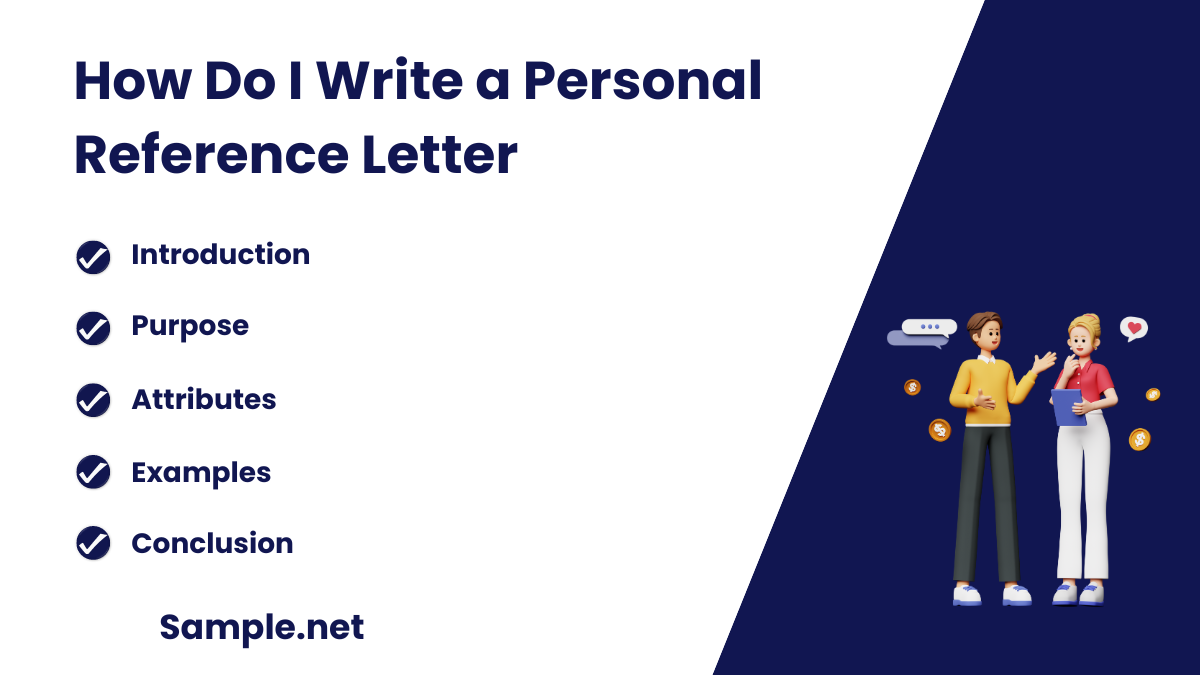Personal Reference Letter Samples
-
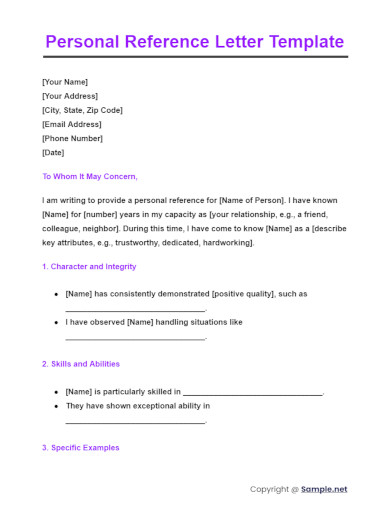
Personal Reference Letter Template
download now -
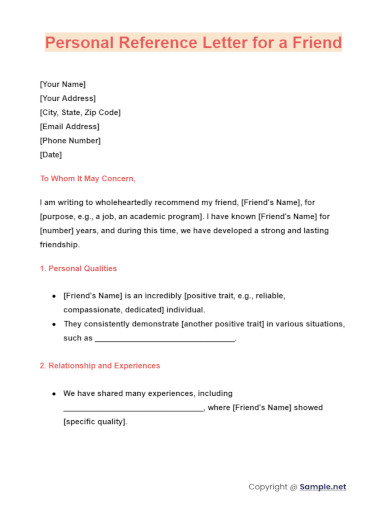
Personal Reference Letter for a Friend
download now -
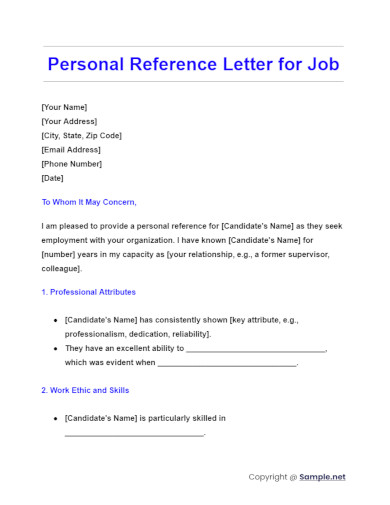
Personal Reference Letter for Job
download now -
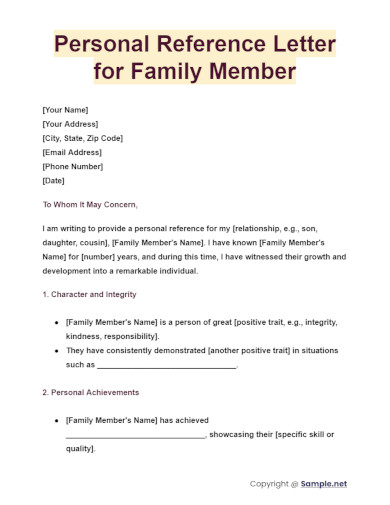
Personal Reference Letter for Family Member
download now -
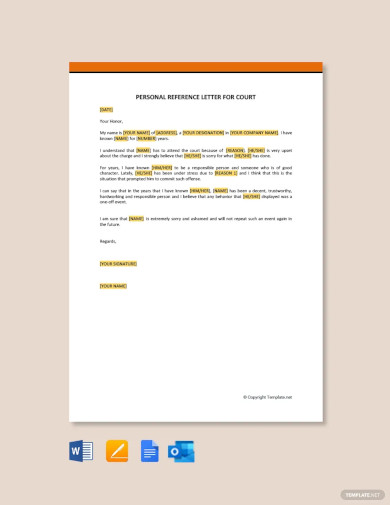
Personal Reference Letter For Court Template
download now -

Personal Reference Letter Template
download now -

Personal Reference Letter For Landlord Template
download now -
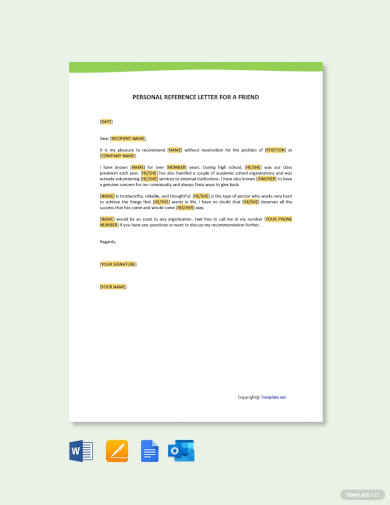
Personal Reference Letter For a Friend Template
download now -
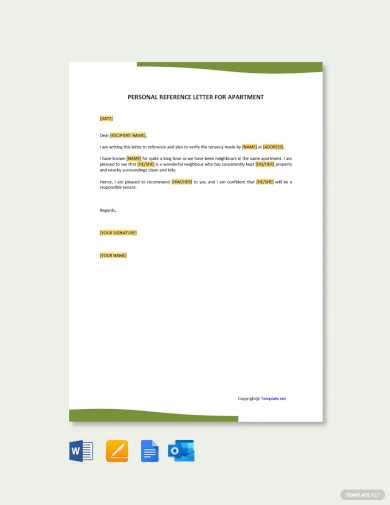
Personal Reference Letter for Apartment Template
download now -

Free Personal Reference Letter For Student Template
download now -
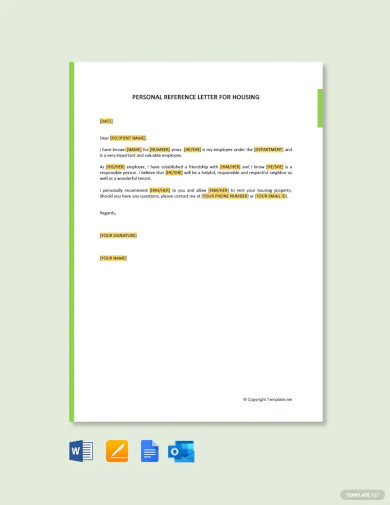
Free Personal Reference Letter For Housing Template
download now -
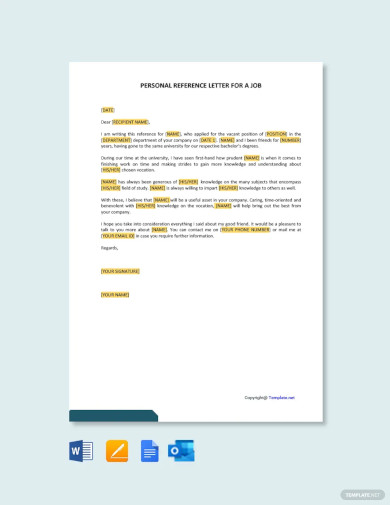
Free Personal Reference Letter For a Job Template
download now -
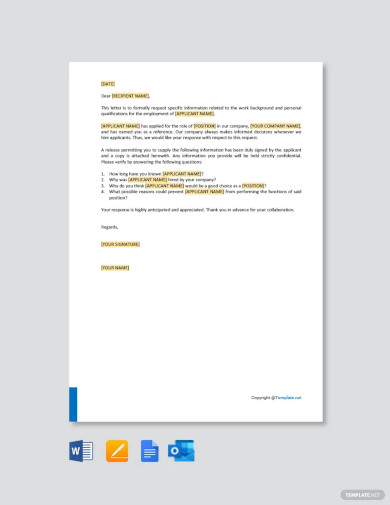
Personal Reference Check Letter Template
download now -
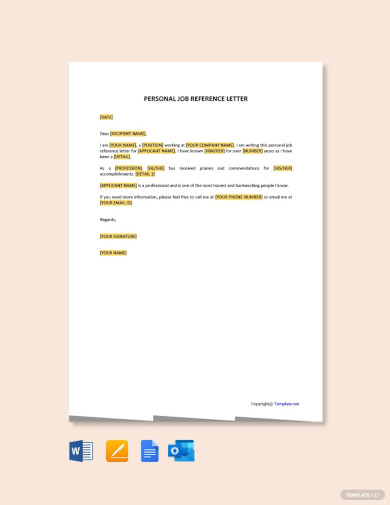
Personal Job Reference Letter Template
download now -
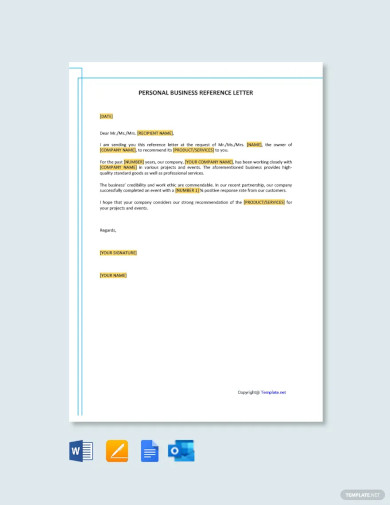
Personal Business Reference Letter Template
download now -
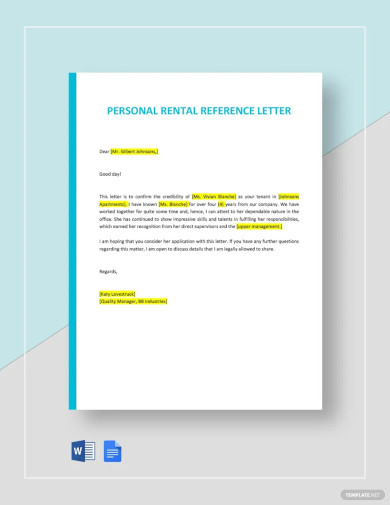
Free Personal Rental Reference Letter Template
download now -
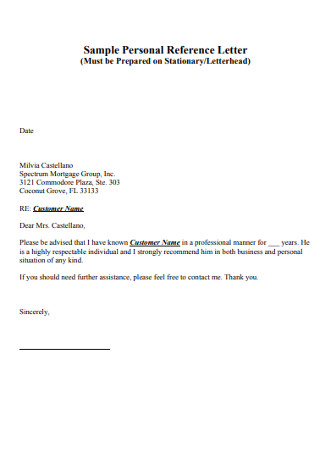
Sample Personal Reference Letter
download now -
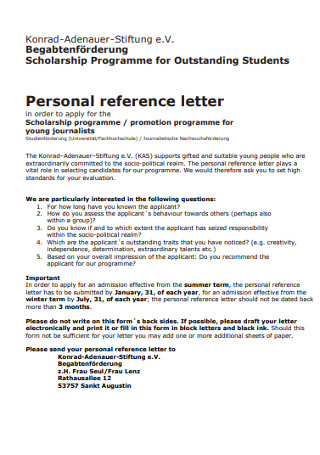
Student Personal Reference Letter
download now -

Personal Friend Reference Letter
download now -
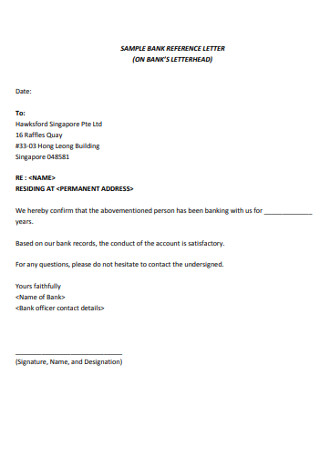
Bank Employment Personal Reference Letter
download now -
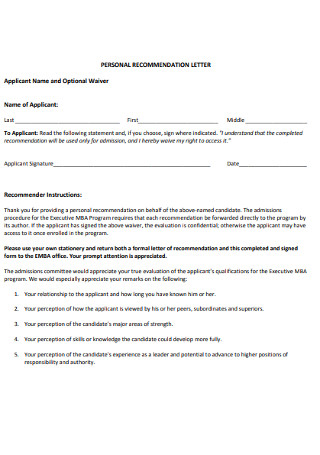
Personal Apartment Recommendation Reference Letter
download now -
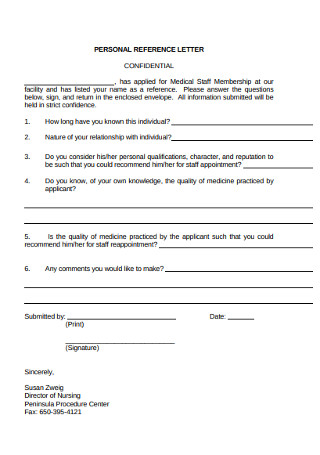
Confidential Court Personal Reference Letter
download now -
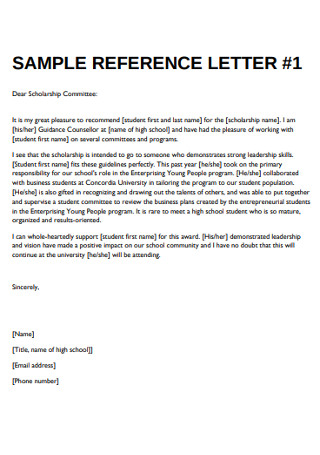
Personal Scholarship High School Student Reference Letter
download now -

Personal Family Volunteer Reference Letter
download now -
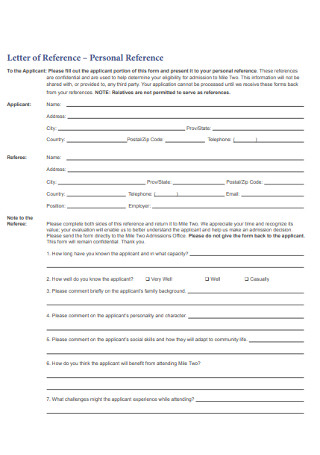
Coworker Personal School Letter of Reference
download now -
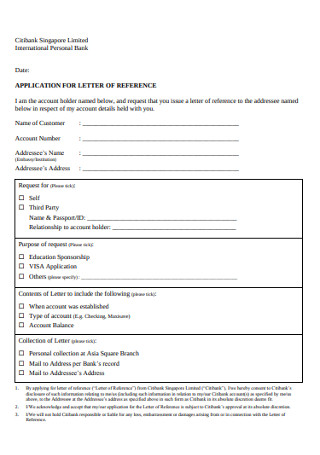
Graduate School Personal Reference Application Letter
download now -

Sample Personal immigration Reference Cover Letter
download now -
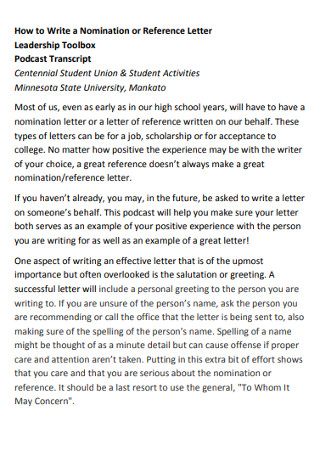
Professional Personal Nomination Reference Letter
download now -
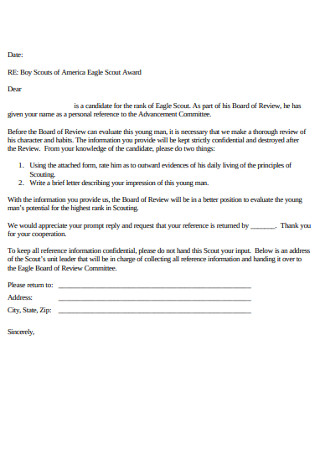
basic Personal Awards Reference Letter
download now -
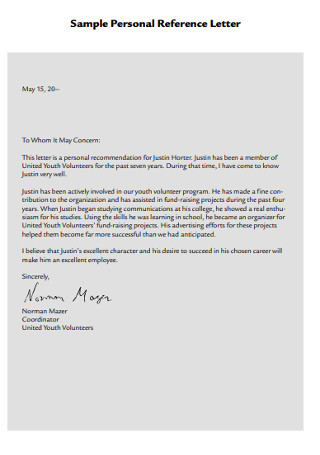
Sample Personal Reference Letterhead
download now -

Personal Character Reference Letter Landlord
download now -
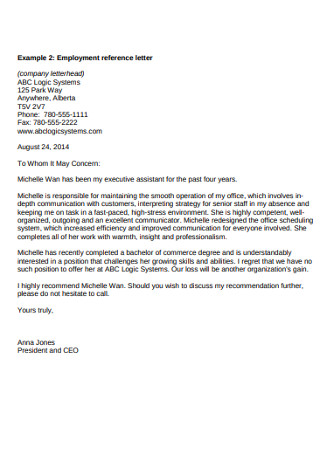
Personal Short Employment Reference Letter
download now -
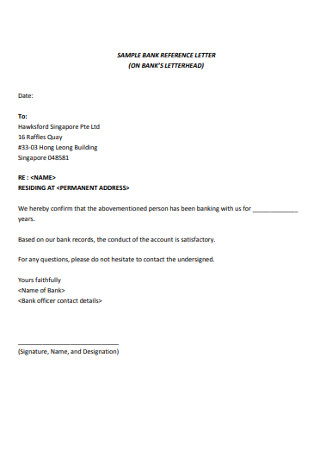
Sample Bank House Reference Letter
download now -
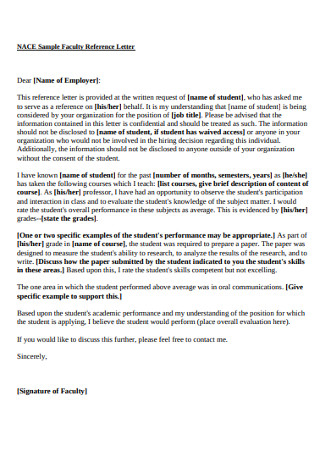
Sample Faculty Home Office Reference Letter
download now -

Candidate College Personal Reference Letter
download now -
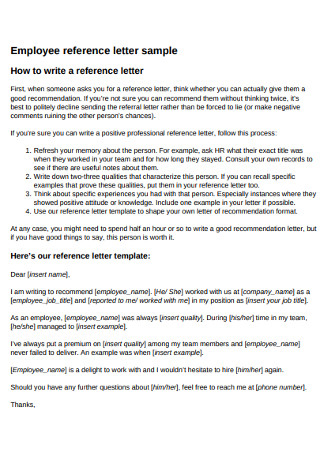
Employee Neighbor Personal Reference Letter
download now -
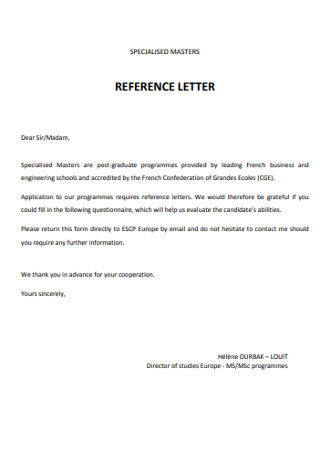
Personal Adoption Master Reference Letter
download now -
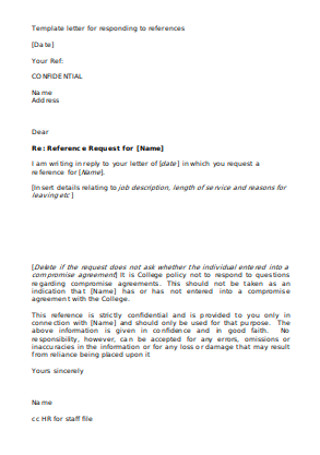
Personal Teacher Reference Request Letter
download now -
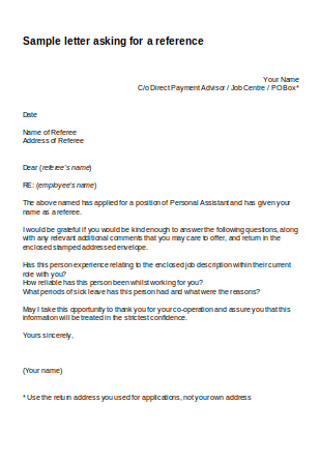
Sample Personal Account Reference Letter
download now -
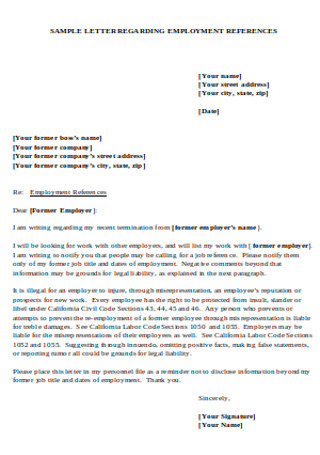
Nursing Personal Reference Letter
download now
FREE Personal Reference Letter s to Download
Personal Reference Letter Format
Personal Reference Letter Samples
What is Personal Reference Letter?
What Are the Types of Personal Reference Letters?
What to Include in a Personal Reference Letter
How to Craft a Riveting Personal Reference Letter
What are the other names of a personal reference letter?
Who can write personal reference letters?
When should you write a personal reference letter?
How Do I Write a Personal Reference Letter?
What Is a Personal Reference for an Employee?
What Are 11 Impactful Words to Use in a Letter of Recommendation?
How to Write About a Person’s Character?
Who Can Write Me a Personal Reference Letter?
What to Say as a Reference for Someone?
How Long Should a Character Reference Be?
Can a Personal Character Reference Be a Friend?
How Do I Recommend Someone for a Job?
What Is Asked in a Personal Reference?
What Can I Say Instead of For Your Reference?
Download Personal Reference Letter Bundle
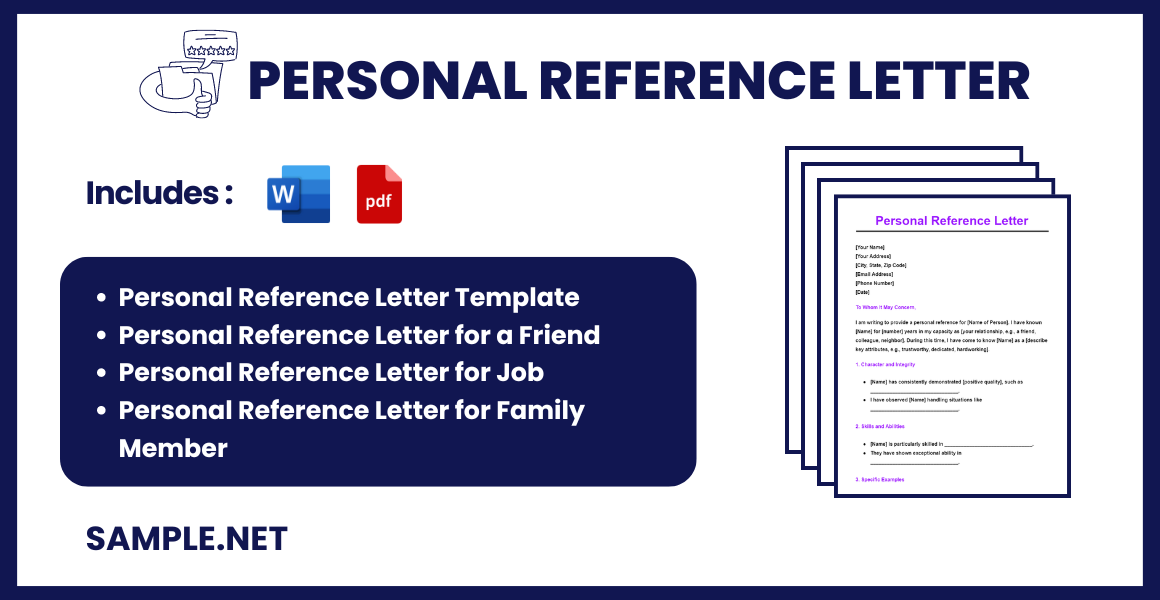
Personal Reference Letter Format
[Your Name] [Your Address] [City, State, Zip Code] [Email Address] [Phone Number] [Date]
To Whom It May Concern,
1. Introduction
- Your Relationship with the Person
- How Long You Have Known Them
2. Character and Qualifications
- Key Attributes and Qualities
- Specific Examples and Incidents
3. Conclusion
- Overall Recommendation
- Your Contact Information for Follow-up
Sincerely,
[Your Name]
What is Personal Reference Letter?
A Personal Reference Letter is a document written to vouch for an individual’s character, abilities, and overall suitability for a specific role or opportunity. Unlike professional references, personal references are typically written by someone who knows the individual well on a personal level, such as a friend or mentor. This type of letter helps provide insight into the person’s character and interpersonal skills.
According to the Society for Human Resource Management (SHRM), 92% of managers observe background checks on employees.
What Are the Types of Personal Reference Letters?
A personal reference letter is often associated with job applications as they are normally given to an employer along with the resume, application letter, or cover letter. However, the letter can also be used for other situations. And it will be easily distinguished when you learn of the personal reference letter’s basic types.
Employment Personal Reference Letter
The most notable type of a personal reference letter would be how it is linked to employment. Also referred to as a job reference letter, this type of letter is a powerful tool for applicants to have a higher chance of getting the spot they applied for. As mentioned by SHRM, 92% of managers do background checks, and checking the employment personal reference letter is one example. It is also through this letter that managers can prevent believing in fake resumes because other credible people who know the applicant are writing personal reference letters and never the applicant.
Admission Personal Reference Letter
When it comes to academic slots, an admission personal reference letter is at play. The most common example is when a student submits a reference letter along with an enrollment form to support one’s admission. In college admissions, for example, personal references speak a lot to show how qualified a student is according to previous academic records and fields. So if you are not that confident with your admission interviews and exams, you should include a personal reference letter to bolster your chances of getting in.
Community or Membership Personal Reference Letter
Besides employment or student recommendation, there are personal reference letters catered for community-based programs and memberships. Just like a character reference letter, the letter can help you get accepted for housing applications, immigration applications, volunteering admissions, and so much more. Writers of these letters aim to talk something positive about the candidate’s moral character and related qualifications.
What to Include in a Personal Reference Letter
Writing a personal reference letter comes off easy when you start familiarizing its common inclusions. Although the content of every personal reference letter varies from one example to another, there is a common denominator in such examples. And the basic inclusions of a personal reference letter are:
How to Craft a Riveting Personal Reference Letter
Unlike business reference letters where a group or company is being represented, a personal reference letter talks about one person only. That means the observations, feedback, and experiences written by whoever was asked to make the letter will all be about one specific candidate. And now that you know what a personal reference letter is, its types, and its inclusions, you are ready to master the steps on how to make a personal reference letter. You may also see Personal Statement
Step 1: Optimize a Personal Reference Letter Template
First things first, check out the 23+ sample personal reference letter templates found on top of this article. Those are your options to edit and download a template rather than writing letters out of scratch. Templates save your time and effort in making a personal reference letter because you are guided on how such letters are made. Various samples are even up for grabs such as a character reference letter for student, a personal reference letter sample for a friend, and more detailed letter examples. Choose a template now!
Step 2: Present the Personal Reference Letter’s Inclusions
Recall the basic personal reference letter inclusions from the heading down to the complimentary close and signature. That is your standard business letter format for personal reference letters. Just be sure to be organized in inserting one inclusion to another in your document wherein the flow is still readable and easy to follow. Proper placement and allocation of the letter’s inclusions will make your letter more effective. Most importantly, maintain a formal tone since it is a professional letter of recommendation.
Step 3: Be Goal-Oriented from Start to Finish
Stick to the goals and objectives such as writing about your main points succinctly right from the introduction down to the explanation under the second and third paragraphs. That means your statement of purpose, the official statement of referral, the name of the one being recommended, and your relationship with the applicant are crystal clear in the document. Although flowery words are good to hear, they won’t make your letter any better because, most likely, managers are busy and would rather read a short but concise letter. You may also see Nursing Personal Statement
Step 4: Focus on the Candidate’s Good Traits and Details
You may get flattered that a candidate has chosen you to write a personal reference letter but you have to remember that the document’s intent is not about you. Gravitate towards the applicant’s traits, characteristics, background, attitude, skills, and other relevant details. Also, note the positive stuff about the candidate because negative aspects will only lessen the chances of the candidate getting hired. A tip is to review the application’s qualifications and requirements to know what set of details are relevant to tackle on the document. You may also see Personal Leadership Development Plan
Step 5: Honesty Is a Must
Swear on your part that you are being honest the whole time in writing the personal reference letter. Remember that you are not only affecting your candidate’s reputation but also your own. When employers find out you lied about your statements, they won’t see you as a credible person anymore and it will be bad for your branding. Or worse, there could be charges given against you for applications dealing with serious matters. Hence, be genuine with your work and you won’t create any drama. You may also see Vacation Request Letter
Step 6: Insert Supporting Details
Last but not least, incorporate supporting documents or files to the letter if necessary. Maybe some of your statements sound too good to be true and you can help employers do the fact-checking process by showing them proof through supporting documents such as award certificates, achievement forms, and other files. However, only insert supporting files that prove the validity of your statements and not just random documents.
What are the other names of a personal reference letter?
A personal reference letter can also be referred to as a personal letter of recommendation, character reference letter, or character recommendation letter.
Who can write personal reference letters?
Credible people who know the candidate really well can write personal reference letters, including previous teachers, managers, clients, coworkers, guidance counselors, friends, or family friends. You may also see Affidavit of Personal
When should you write a personal reference letter?
Expect to write a personal reference letter when a candidate asks you to make one and when you know a candidate lacks work experience but actually has the potential for the role of being a student, worker, etc. Most importantly, these candidates have the soft skills that make them qualify for a position. You may also see Graduate Personal Statement
How Do I Write a Personal Reference Letter?
Writing a Personal Reference Letter involves providing a detailed, positive endorsement of someone’s character and abilities.
- Introduction: Start by stating who you are, your relationship to the person, and how long you’ve known them.
- Purpose: Clearly state the purpose of the letter, similar to a Nomination Letter.
- Attributes: Highlight specific attributes and skills the person possesses.
- Examples: Provide concrete examples to illustrate their qualities.
- Conclusion: End with a strong, positive statement of recommendation. You may also see University Personal Statement
What Is a Personal Reference for an Employee?
A Personal Reference for an Employee is a testimonial about the individual’s character and personal qualities, typically written by someone who knows them outside of a professional context.
- Relationship: Describe your relationship with the employee.
- Qualities: Highlight key personal qualities relevant to the job.
- Examples: Provide examples that demonstrate these qualities.
- Recommendation: Clearly state your recommendation for the role.
- Contact Information: Include your contact details for follow-up, similar to a Letter of Employment.
What Are 11 Impactful Words to Use in a Letter of Recommendation?
Using the right words can significantly enhance a Personal Letter of Recommendation.
- Diligent: Demonstrates a strong work ethic.
- Dependable: Shows reliability.
- Innovative: Indicates creativity and problem-solving skills.
- Team-player: Highlights collaboration abilities.
- Trustworthy: Emphasizes integrity.
- Proactive: Shows initiative.
- Detail-oriented: Indicates thoroughness.
- Resilient: Demonstrates perseverance.
- Empathetic: Shows interpersonal skills.
- Adaptable: Highlights flexibility.
- Leadership: Indicates potential for management roles, similar to a Professional Reference Letter.
How to Write About a Person’s Character?
Describing a person’s character in a Reference Letter requires specific examples and detailed observations.
- Introduction: Start by introducing yourself and your relationship with the person.
- Key Traits: Highlight key character traits such as honesty, kindness, and responsibility.
- Examples: Use specific examples to illustrate these traits.
- Impact: Explain the positive impact these traits have had.
- Conclusion: End with a strong, positive endorsement, akin to a Landlord Reference Letter.
What Are Positive Things to Say About Someone for a Reference?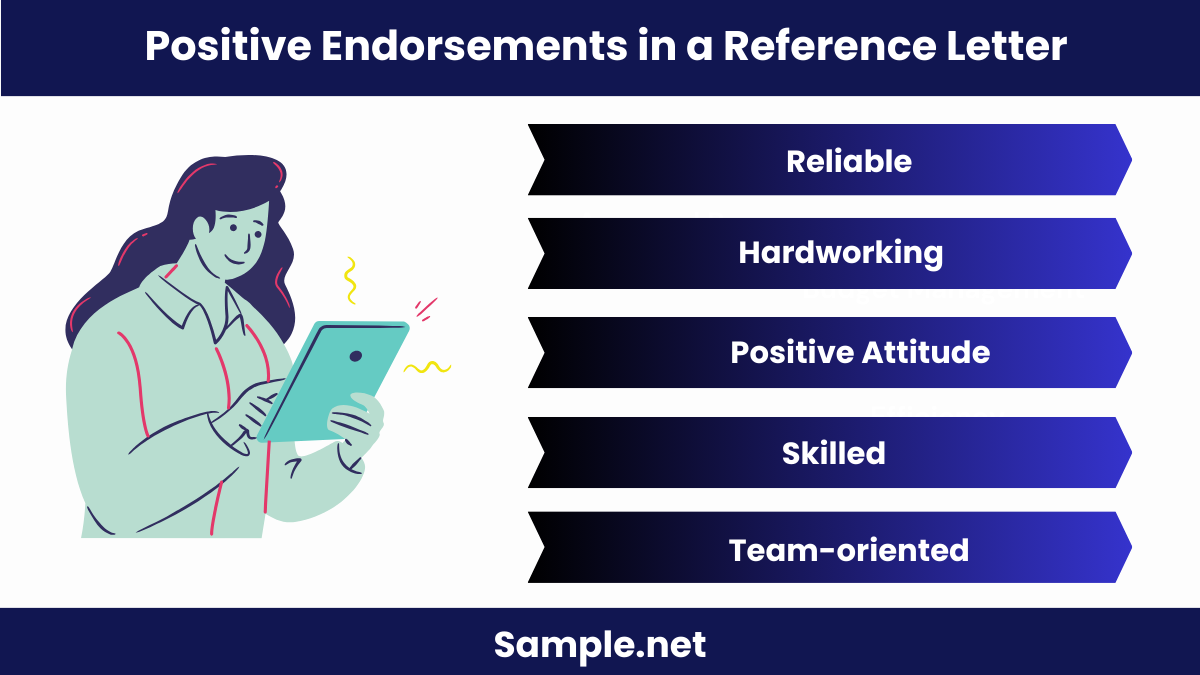
Positive endorsements in a Reference Letter can help the individual stand out.
- Reliable: Mention their dependability in various situations.
- Hardworking: Highlight their dedication and effort.
- Positive Attitude: Describe their optimistic and encouraging demeanor.
- Skilled: Discuss specific skills and competencies.
- Team-oriented: Emphasize their ability to work well with others, similar to a Personal SWOT Analysis.
Who Can Write Me a Personal Reference Letter?
A Personal Reference Letter can be written by a friend, mentor, colleague, or anyone who knows you well and can vouch for your character and abilities, similar to an Authorization Letter.
What to Say as a Reference for Someone?
When providing a reference, highlight the person’s positive traits, skills, and experiences, and provide specific examples. Be sincere and detailed, akin to writing an Explanatory Letter.
How Long Should a Character Reference Be?
A Character Reference should be concise, typically one page or about 300-400 words, ensuring it remains a Reference Letter without unnecessary detail. You may also see Personal Training Contract
Can a Personal Character Reference Be a Friend?
Yes, a personal character reference can be a friend, as long as they can provide a genuine and detailed endorsement, similar to an Excuse Letter format.
How Do I Recommend Someone for a Job?
To recommend someone for a job, describe their skills, achievements, and suitability for the position. Provide specific examples and a strong endorsement, akin to a Board Resolution Letter.
What Is Asked in a Personal Reference?
A personal reference typically asks about the individual’s character, reliability, strengths, and examples of positive behavior, similar to what might be included in a Consent Letter.
What Can I Say Instead of For Your Reference?
Instead of “for your reference,” you can use phrases like “for your review,” “for your information,” or “for your consideration,” similar to the tone used in an Authority Letter.
In conclusion, mastering the creation of a Personal Reference Letter is crucial for providing strong and credible references. With our guide, you have learned how to draft detailed samples, forms, and letters, ensuring your references are well-documented and impactful. Utilizing the provided templates and tips, you can streamline your reference-writing process and enhance the effectiveness of your recommendations. For more detailed examples and templates, visit Company Introduction Letter.

